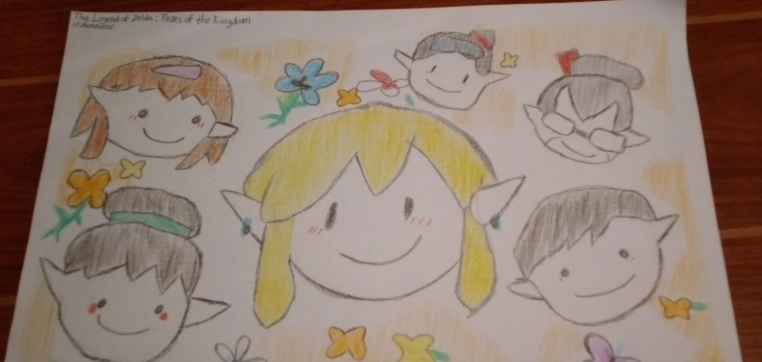Unlocking Creativity: How Drawing Inspires Learning in School Kids
Drawing is more than just a fun activity for school kids; it’s a powerful tool that sparks creativity and enhances learning. In a world increasingly dominated by technology, encouraging children to express themselves through drawing can foster imagination and critical thinking skills. Here’s how drawing can make a positive impact on students’ educational journeys.
Nurturing Imagination
When kids pick up a pencil or crayon, they enter a world of possibilities. Drawing allows children to visualize their thoughts and feelings, helping them communicate ideas that words alone might not express. This creative outlet supports their cognitive development, encouraging them to think outside the box. For instance, a child sketching their favorite superhero is not just illustrating a character; they’re exploring concepts of bravery, strength, and heroism, which can spark discussions about moral values and character traits.
Enhancing Problem-Solving Skills
Drawing is also a fantastic way to boost problem-solving abilities. When students are tasked with creating a visual representation of a story, they must organize their thoughts and make design choices. This process requires them to identify key elements, prioritize ideas, and strategize how best to convey them visually. As they navigate these challenges, kids develop critical thinking skills that are essential both inside and outside the classroom. Research has shown that children who engage in drawing activities often display improved focus and better outcomes in other academic areas.
Building Confidence and Emotional Expression
For many kids, drawing serves as a comforting pastime where they can express their emotions freely. This creative process can be particularly beneficial for those who may struggle with verbal communication. As they share their artwork with classmates or teachers, children not only gain confidence in their abilities but also foster connections with others. Sharing art encourages dialogue and understanding, helping to build a supportive classroom environment where every child feels valued and heard.
Conclusion
Encouraging drawing in schools is an effective way to unlock creativity, enhance problem-solving skills, and boost emotional expression among children. By incorporating more art into educational settings, we can provide a well-rounded experience that fosters growth and learning. Let’s inspire our kids to pick up those pencils and unleash their creativity; the benefits are sure to follow!

